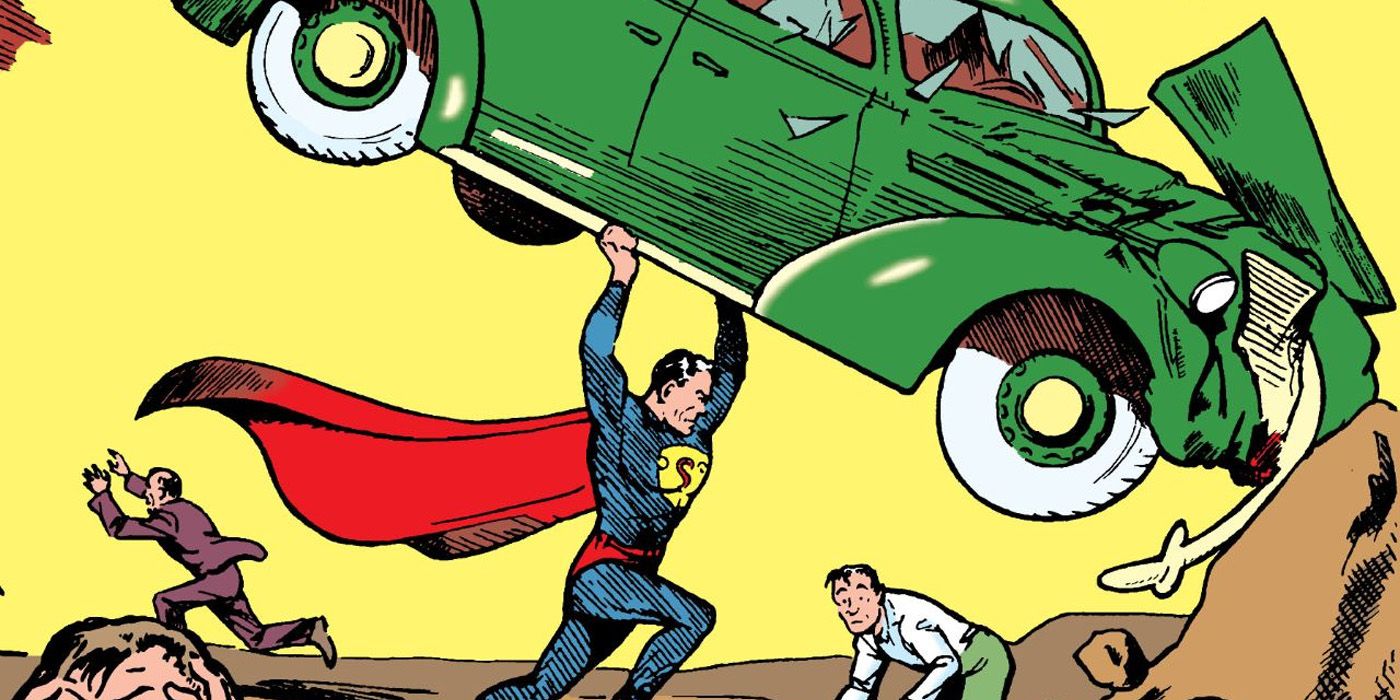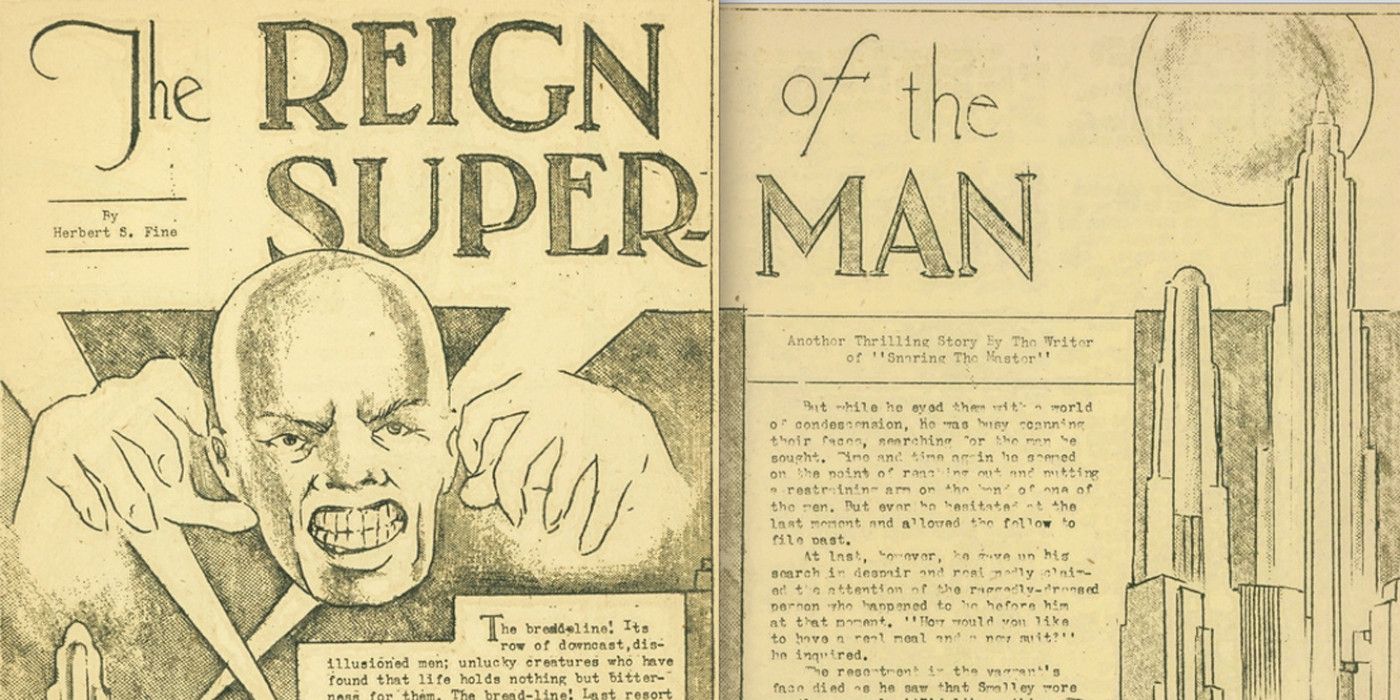DC Comics’ Superman is the original comic book superhero, and arguably the greatest. Since his premiere in 1938, the Man of Steel has become a cultural icon whose influence has spread from comics to newspapers, radio to television, and even the big screen. As Superman took his rightful place in American mythology, questions concerning his early origins loomed just as large. How did two fledgling creators from Cleveland, Ohio blend their knowledge of science fiction and German philosophy into one of the most popular fictional properties of all time? The answer is a story of timing, tragedy, and ultimately tenacity.
Friedrich Nietzsche’s Thus Spoke Zarathustra: A Book for All and None was published in 1883. The philosophical novel espouses the death of God and suggests man as merely a bridge between animals and the Übermensch. The Übermensch is a goal of humanly perfection that, in Nietzsche’s opinion, all mankind should strive to achieve. Thomas Common’s 1909 English translation loosely rendered Übermensch as “superman” in the style of George Bernard Shaw’s 1903 play, Man and Superman. While Nietzsche’s works wouldn’t gain wide popularity until after his death, the term superman became cemented in the popular lexicon.
Jerry Siegel and Joe Shuster met in 1932 while attending Glenville High School. The boys became fast friends on the basis of their shared Jewish heritage and love of science fiction. Magazines like Amazing Stories and Weird Tales inspired the young duo, who began producing their own fanzine, Science Fiction, while still students. It would be in the third issue of this short-lived periodical that the superman would first appear. “The Reign of the Superman” was published in 1933 and tells the story of a mad scientist who endows a homeless man with telepathic abilities. In return, the telepathic vagrant kills his benefactor and attempts to take over the world. The earliest superman was actually a super villain.
By 1935, Science Fiction had fallen by the wayside, and Siegel and Shuster had landed jobs with National Allied Publications. Early creations like Doctor Occult and Slam Bradley helped pay the bills, but the idea of a superman continued to develop in their minds. In 1937, Harry Donnenfeld and Jack Liebowitz acquired National Allied Publications and decided to publish a new comic book in the vein of the already popular Detective Comics. Siegel and Shuster retooled their Übermensch idea and pitched it to the publisher. The character became a hero instead of a villain and exhibited powers and abilities beyond those of mortal men. Siegel and Shuster sold the rights to the property for $130, and Superman premiered in Action Comics #1 in April, 1938.
Modern scholars debate just how influential Nietzsche was on Siegel and Shuster. Hitler’s rise to power and use of the term Übermensch in Nazi propaganda may have soured them on Nietzsche’s theories. Moreover, there is no hard evidence that Siegel and Shuster ever read Thus Spoke Zarathustra. Phillip Wylie’s 1930 science fiction novel, Gladiator, has recently been cited as a possible influence. Or perhaps Superman was created as a rebuttal to Nietzsche’s desire to dissolve moral constructs and abandon religion. The Man of Tomorrow has become a beacon for morality and, to some, a Christ-figure. Whatever his name’s actual origin, Superman has popularized the superhero archetype and changed the face of pop-culture forever.
Source: Siegel & Shuster


